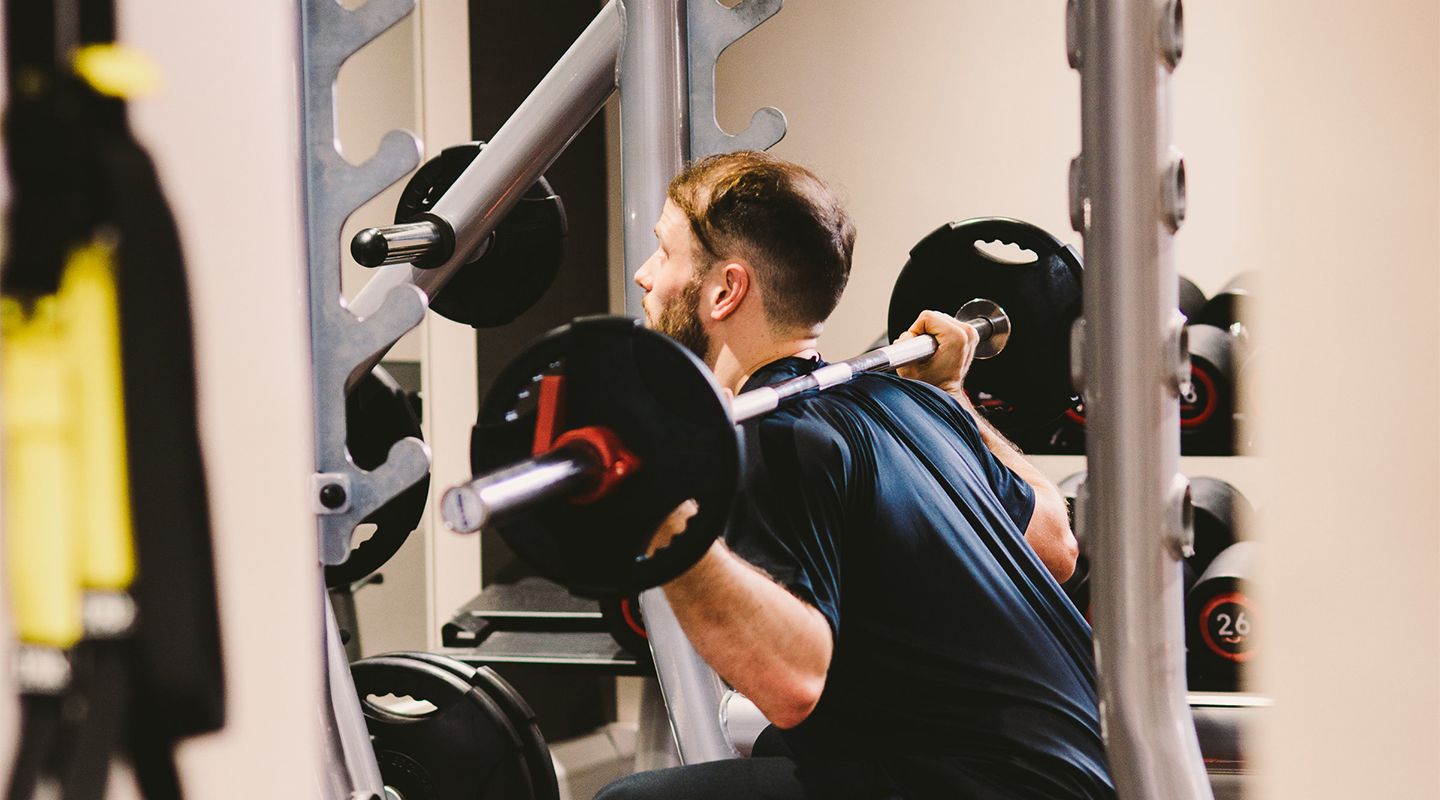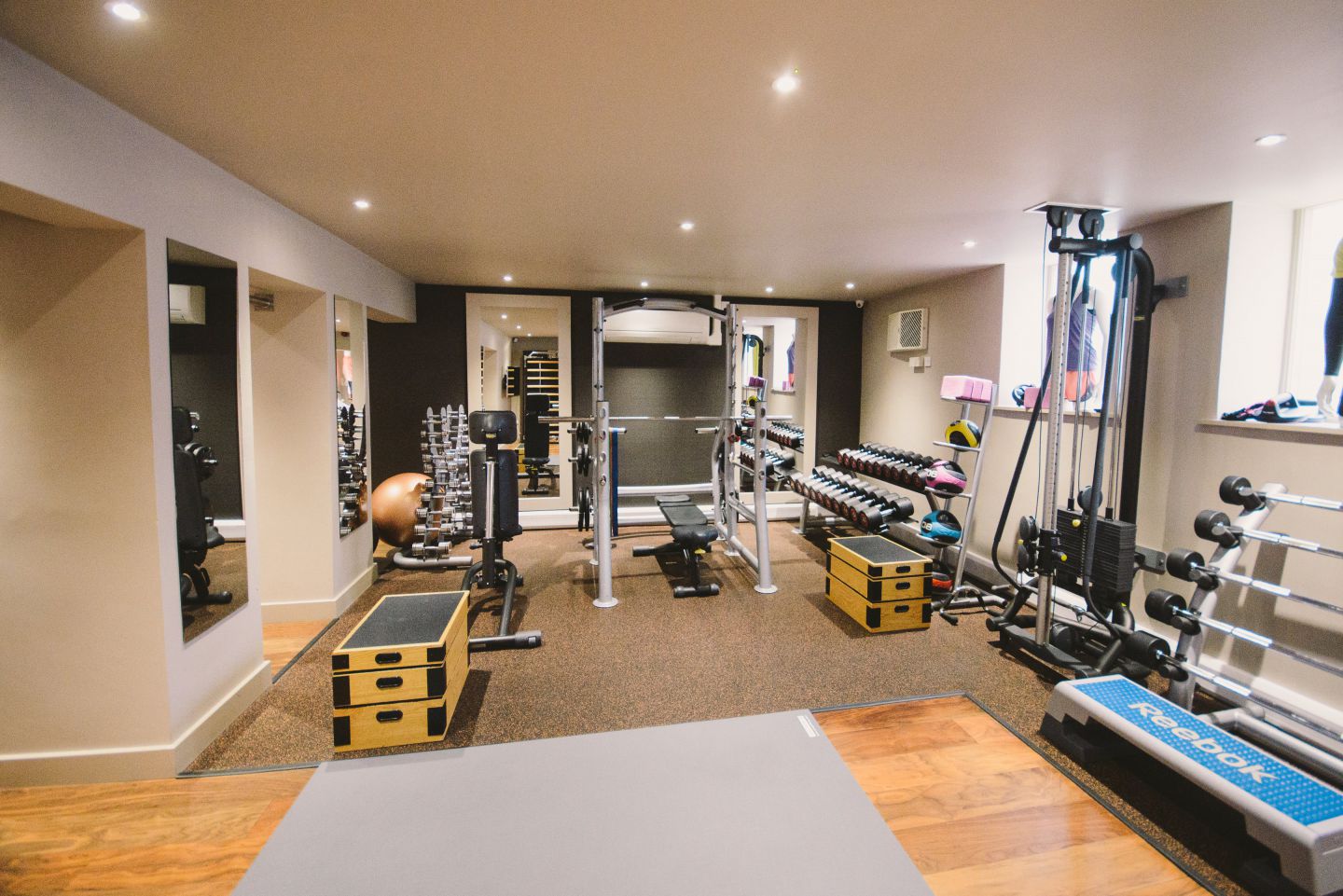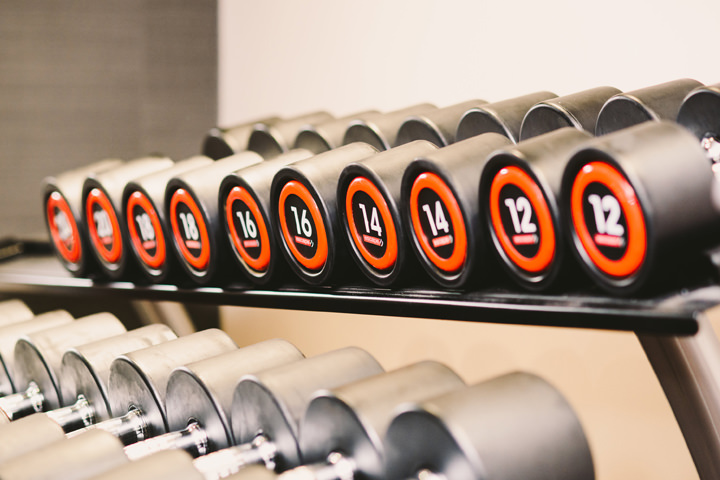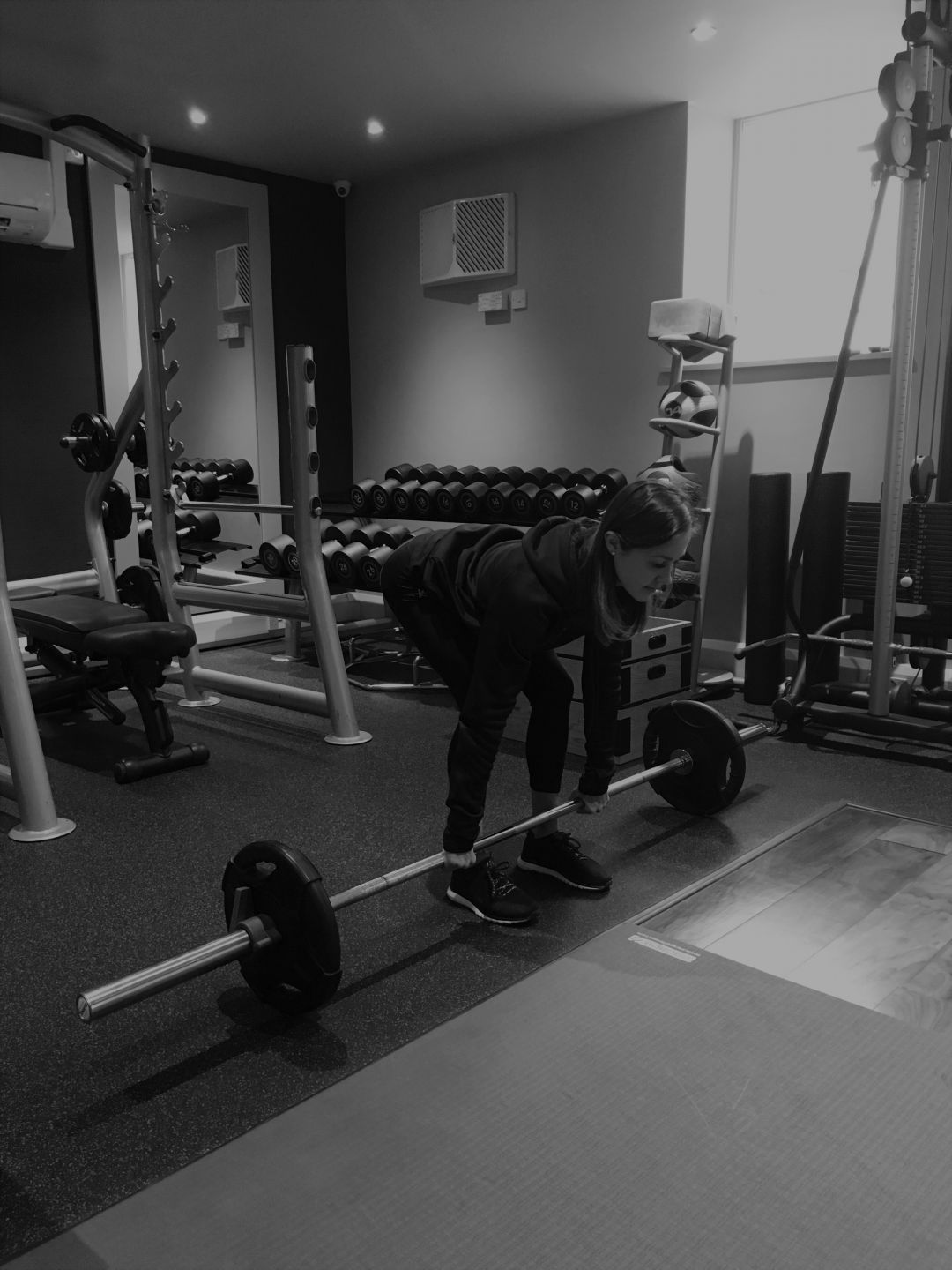What Is Strength Training?
Strength training is the use of resistance to improve muscle strength, size, and condition. Resistance can be applied through weightlifting, bodyweight exercises, or machines. Weightlifting uses a variety of weights to perform exercises such as the squat, deadlift, bench press, and curl. Bodyweight exercises use only the body’s own weight to produce resistance. Examples are push-ups, squats, lunges, and pull-ups. Machines use cables or pulleys to create resistance. They include the Smith machine for squatting and rows for pulling muscles.
What Are The Benefits Of Strength Training?
Strength training has numerous benefits for individuals of all ages. These benefits include improved bone health, stronger muscles and bones, better balance and coordination, increased endurance and stamina, better moods, and reduced risk of many chronic diseases. Strength training also has mental health benefits such as increased self-esteem and decreased anxiety. Additionally, strength and resistance training can help individuals lose weight and improve their overall fitness.
What Is Conditioning Training?
Conditioning training is a type of physical conditioning that helps improve physical performance by improving the body’s ability to produce energy. Conditioning workouts often consist of high-intensity interval training (HIIT), resistance training, and plyometric exercises. The goal of conditioning is to make the body stronger and more resistant to fatigue, so that you can perform at your best for longer periods of time.
What Are The Benefits Of Conditioning Training?
As conditioning training helps improve overall physical fitness by improving the body’s ability to use energy, there are endless benefits. For example, conditioning can help improve your endurance, your strength and even flexibility and mobility. It can also help reduce your risk of injury as your muscles can go longer before becoming fatigued, which can lead to injury.
What Is Strength And Conditioning Training?
As it sounds, strength *and* conditioning training is simply carrying out both types of exercise within one programme or training schedule. The benefits of strength and conditioning training carried out as part of one programme are countless. Strength training can help to improve overall muscle strength, endurance, and balance, while conditioning can help to increase cardiorespiratory endurance, improve flexibility and mobility, and reduce risk of injuries. In addition, strength and conditioning exercise has been shown to have positive effects on psychological well-being.

Benefits Of Strength And Conditioning Training
Improve your performance
A strength and conditioning programme will be designed to help you enhance your overall performance over time. Your personal trainer will be able to pinpoint significant areas for development while also measuring progress precisely. Starting a strength and conditioning programme may have a positive impact on your technical, physical and mental abilities, all of which can contribute to enhanced performance.
Increase bone density & strength
Strength training doesn’t just increase the strength of our muscles. In fact, there are numerous articles and research papers on the benefits of strength training improving bone mineral density (BMD). One piece of research published on journals.lww.com even calls Resistance Training “Medicine” and on the subject of bone density, states:
“Exercise interventions that promote muscle gain also may be expected to increase BMD, and the majority of studies support this relationship. Several longitudinal studies have shown significant increases in BMD after 4 to 24 months of resistance training. A meta-analysis by Wolfe et al indicated that exercise programs prevented or reversed approximately 1% bone loss per year in adult and older adult women. A more recent review by Going and Laudermilk revealed that resistance training increased BMD between 1% and 3% (femoral neck and lumbar spine) in premenopausal and postmenopausal women.”
Increase muscle mass and metabolism
The benefits of strength and conditioning exercise include the building of muscle, which in turn stimulates the metabolism by allowing the body to burn more calories at rest. According to a study published in the National Library of Medicine, muscle growth provides more metabolic advantages than previously thought. An increase in lean muscle mass lowers the risk of insulin resistance, which is a group of risk factors for cardiovascular disease, as well as other factors that can lead to ill health, such as increased fasting glucose and triglyceride levels, obesity, hypertension, and low cholesterol, among other things.
Prevent injuries
The ability to prevent injuries is extremely valuable to both professionals and non-athletes alike, which is why a critical component of strength and conditioning training from a PT’s point of view is to thoroughly examine your movement patterns, in order to train you to iron-out any less than ideal movements which could be detrimental and potentially cause injury in the short or long term. Specific exercises might help you improve your balance too, which also contributes to reducing the chance of injury when training or competing.
Improve your posture
Better movement mechanics usually brings an improved posture, which is something most people will benefit from, given our increasingly less active lives. It has also been shown that the respiratory system and circulation can be improved and strengthened just by improving posture. Thus, posture analysis is included as part of your initial evaluation so that we can spot any issues and then develop a programme for you which will help to rectify them.
Make exercise more pleasurable
Exercise becomes much more enjoyable when you move properly and see improvements in your technique as a result. As mentioned above, strength and conditioning also helps reduce anxiety about the possibility of injury, therefore enabling you to enjoy training that bit more. In addition, making progress gives you great positive feelings and encourages you to keep going and keep progressing.
Improve your mood & mental health
Exercise in all shapes and forms (including strength and conditioning training) releases serotonin in the brain which can boost your mood and even increase your perceived strength and endurance levels. And as mentioned above, seeing the positive results of your training programme is hugely rewarding and increases self-esteem, confidence and general mental wellbeing.
What Types Of Resistance Training Are There?
There are three main types of resistance training:
- Static resistance training involves holding a position and using weight to resist movement. Examples are the bench press and squat.
- Dynamic resistance training involves moving from one position to another, and using weight to resist movement. Examples are the deadlift and Olympic lifts (snatch, clean and jerk).
- Interval training involves alternating between static and dynamic resistance. Examples are the cycle or stair machine.
What Types Of Conditioning Training Are There?
There are many types of conditioning training, but the most common are aerobic and anaerobic conditioning. Aerobic conditioning involves using large amounts of oxygen to help the body produce energy. Anaerobic conditioning is when the body uses energy from carbohydrates without using oxygen. Our strength and conditioning personal trainers use a variety of different methods to condition both athletes and non-professionals alike. These exercises can include weightlifting, running, biking, rowing, swimming, and other types of activities that require muscle strength and endurance.
Should You Do Strength Or Conditioning First?
Whether your main objectives are strength improvements, muscle growth, or weight loss, your resistance training should be your first priority. This is simply due to the fact that resistance training has the greatest influence on body structure so you’ll be able to devote all of your focus to this aim if you do it first and first. You will also be able to profit from a complete supply of glycogen in your muscles since your central nervous system will have been primed at the start of your workout. It is also suggested that resistance training can deplete your glycogen stores, increasing the likelihood that fat will be utilised as an energy source for any subsequent exercise.
If you do strength training following conditioning training then you’ll probably be pre-fatigued, which will impair your ability to lift as much during your strength training session. Aside from that, when we engage in prolonged cardiovascular activity, an enzyme known as AMPK is produced, which might have a detrimental impact on our muscle-building capability.
What Types Of Resistance & Conditioning Equipment Are Available?
There is a variety of resistance equipment available to help with strength and conditioning training, all of which is available at Nxtep. This includes weight machines, cardio equipment, and even resistance bands. Weight machines typically offer a variety of options such as Weight, Reps, Sets, and Tempo. Cardio equipment includes treadmills, elliptical trainers, and bikes. Resistance bands come in a variety of resistances such as light resistance (for beginners), medium resistance (for intermediates), or heavy resistance (for advanced exercisers). A programme can also include bodyweight exercises such as push-ups, squats, lunges, burpees, and crunches – all without any type of equipment.
When you’re not at the gym, the use of bodyweight exercises is a popular way to stay fit and active. Many people find that this type of training is more challenging and provides a better overall workout than using equipment. This type of exercise can be done anywhere, which makes it a great option for quick workouts in between personal training days.

FAQs
How Often Should You Do Resistance Training?
There is no one answer to this question as everyone’s body responds differently to resistance training. However, general guidelines suggest that you should do resistance training at least twice per week in order to see good results depending on your starting weight, strength level, and intensity of the workouts.
Is conditioning the same as cardio?
No – they are related, but not the same thing. Conditioning is the act of improving the body’s ability to respond to physical demands. Cardio is the term most often used to describe activities that improve heart function and blood flow, but conditioning can also improve muscle strength, endurance and flexibility. Conditioning can be done in a variety of ways, including high-intensity interval training (HIIT), strength training and aerobic exercise. We also offer dedicated personal training for cardio programmes for those looking to specifically improve their cardiovascular fitness levels.
Does strength and conditioning help you lose weight?
Weight loss is a common side effect of strength and conditioning training, but it’s not the only one. Strength and conditioning can also improve your overall fitness level, which can help you lose weight if you’re already overweight. It can also help prevent weight gain in the future. However, we also offer specific personal training for weight loss programmes to help people lose weight fast.
Does conditioning build muscle?
Conditioning is a type of training that is used to improve the body’s overall fitness. It can be used to build muscle, but there is some debate over whether conditioning actually builds muscle. Some scientists believe that conditioning works by improving the body’s ability to use energy, which in turn can help build muscle. Others believe that conditioning doesn’t actually build muscle, but instead helps the body become more efficient at using energy. The truth likely lies somewhere in between these two theories. If building muscle is your main aim, you may be interested in our dedicated personal training to build muscle programme.
























